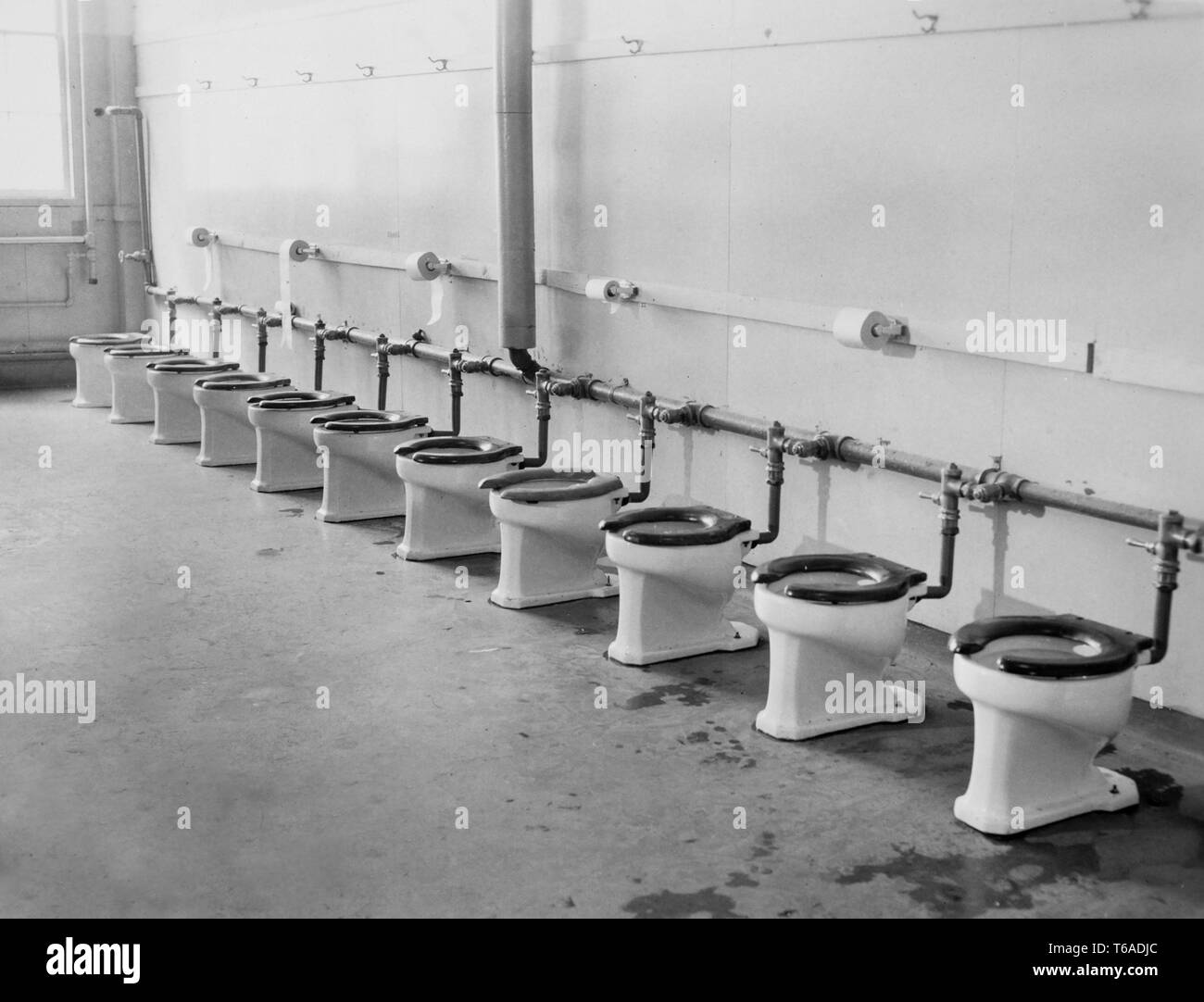- Reaction score
- 2,436
- Points
- 1,190
We're going back almost 40 years to a time before I was born: A question that has always bothered every naval and MH officer I know, but for which no one has ever had an answer.
The officers' cabins aboard the Halifax class present a curious contrast. Despite their inherent elegance, an unexpected sight disrupts the ambiance—a testament to the resourcefulness of the officers. In the absence of built-in privacy curtains, makeshift solutions take center stage. Strings, blankets, curtain rods, and black-out curtains become the creative tools of the occupants, resulting in a scene reminiscent of improvised constructions in distant lands.
Within these refined cabins, a symphony of ingenuity unfolds. Strings crisscross the room, securing billowing fabric folds, while blankets hang unevenly from hooks and nails. Precariously balanced curtain rods traverse the space, challenging gravity. Amidst the orderly surroundings, bursts of color or pattern from black-out curtains paradoxically serve as both barriers and decorative elements, adding an unexpected charm.
The officers' quarters embody a captivating blend of elegance and improvisation. These ad hoc curtain systems, born out of necessity, symbolize the officers' adaptability and resilience. It is a visual narrative that reveals their resourceful nature and transforms the ordinary into an extraordinary testament to human creativity within the confines of a structured hierarchy.
Seriously, does anyone know anyone who was responsible for either designing the officers cabins or choosing the bunking system and know why they decided to forgo this feature?
Seems like either a really dumb idea or a really a stupid oversight. Did they think we wouldn't want them?
The officers' cabins aboard the Halifax class present a curious contrast. Despite their inherent elegance, an unexpected sight disrupts the ambiance—a testament to the resourcefulness of the officers. In the absence of built-in privacy curtains, makeshift solutions take center stage. Strings, blankets, curtain rods, and black-out curtains become the creative tools of the occupants, resulting in a scene reminiscent of improvised constructions in distant lands.
Within these refined cabins, a symphony of ingenuity unfolds. Strings crisscross the room, securing billowing fabric folds, while blankets hang unevenly from hooks and nails. Precariously balanced curtain rods traverse the space, challenging gravity. Amidst the orderly surroundings, bursts of color or pattern from black-out curtains paradoxically serve as both barriers and decorative elements, adding an unexpected charm.
The officers' quarters embody a captivating blend of elegance and improvisation. These ad hoc curtain systems, born out of necessity, symbolize the officers' adaptability and resilience. It is a visual narrative that reveals their resourceful nature and transforms the ordinary into an extraordinary testament to human creativity within the confines of a structured hierarchy.
Seriously, does anyone know anyone who was responsible for either designing the officers cabins or choosing the bunking system and know why they decided to forgo this feature?
Seems like either a really dumb idea or a really a stupid oversight. Did they think we wouldn't want them?




